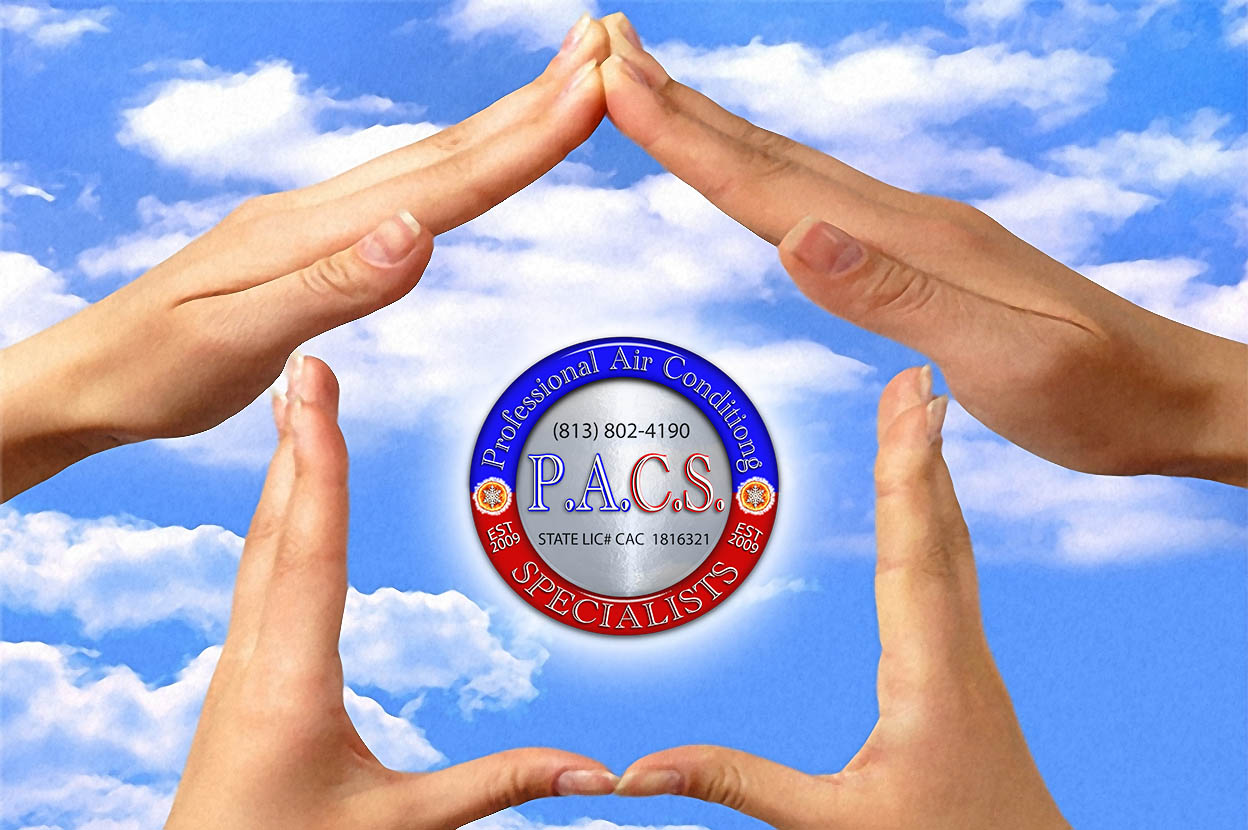According to the American Lung Association®, indoor air pollution poses a threat to respiratory health and everyone should consider doing what they can to improve the quality of indoor air. In fact, indoor air pollution is among the top five environmental health risks.
Pollutants that can affect air quality in a home include particulate matter such as dust, smoke, pollen, animal dander and organisms such as dust mites, molds, bacteria and viruses.
Gaseous pollutants may come from gas stoves, vehicle exhaust, and tobacco smoke and from building materials such as adhesives, paints, varnishes, cleaning products, and pesticides. Whole house air cleaners have been shown to minimize the ill effects of indoor air pollutants.
Our technicians are experienced in indoor air quality evaluation and they are prepared to help you assess your family's indoor air quality needs. We'll help you select the model that's right for your home, then install and regulate your new air cleaner for maximum efficiency.
Commercial air conditioning systems are integral to business comfort and productivity; when they malfunction it can be an immense headache.
Here are some steps you can take to repair yours:
Identification of the Issue:
As your air conditioning system may not be cooling as intended or making strange noises, or not turning on at all - knowing which issue it has will allow you to effectively communicate this concern to a repair technician.
Locate a Qualified Technician:
Find an air conditioning repair technician experienced in commercial air conditioning systems by seeking referrals from other businesses or searching online for companies specializing in commercial air conditioning repair.
Schedule an Appointment:
Once you have found a qualified technician, arrange for a service appointment and be sure to provide as much detail as possible about the problem you're experiencing so they come prepared with all necessary tools and parts. Before your technician arrives, make sure that the area surrounding the air conditioning unit is accessible and clear; this will enable them to work more easily on it and diagnose its problems. Once your technician has identified the source of the air conditioning system's issue, they will discuss possible repair solutions with you. This may involve replacing parts or even the entire system depending on its severity. Before any repairs are performed, be sure to obtain a written estimate from the technician. This will outline all associated costs and enable you to make an informed decision about whether to proceed with or forgo this repair option.
Follow-Up:
After the repair work has been completed, check in with the technician to make sure your system is operating as intended and that any concerns or issues have been addressed with them as quickly as possible. If any arise, be sure to address them with them promptly.
|
